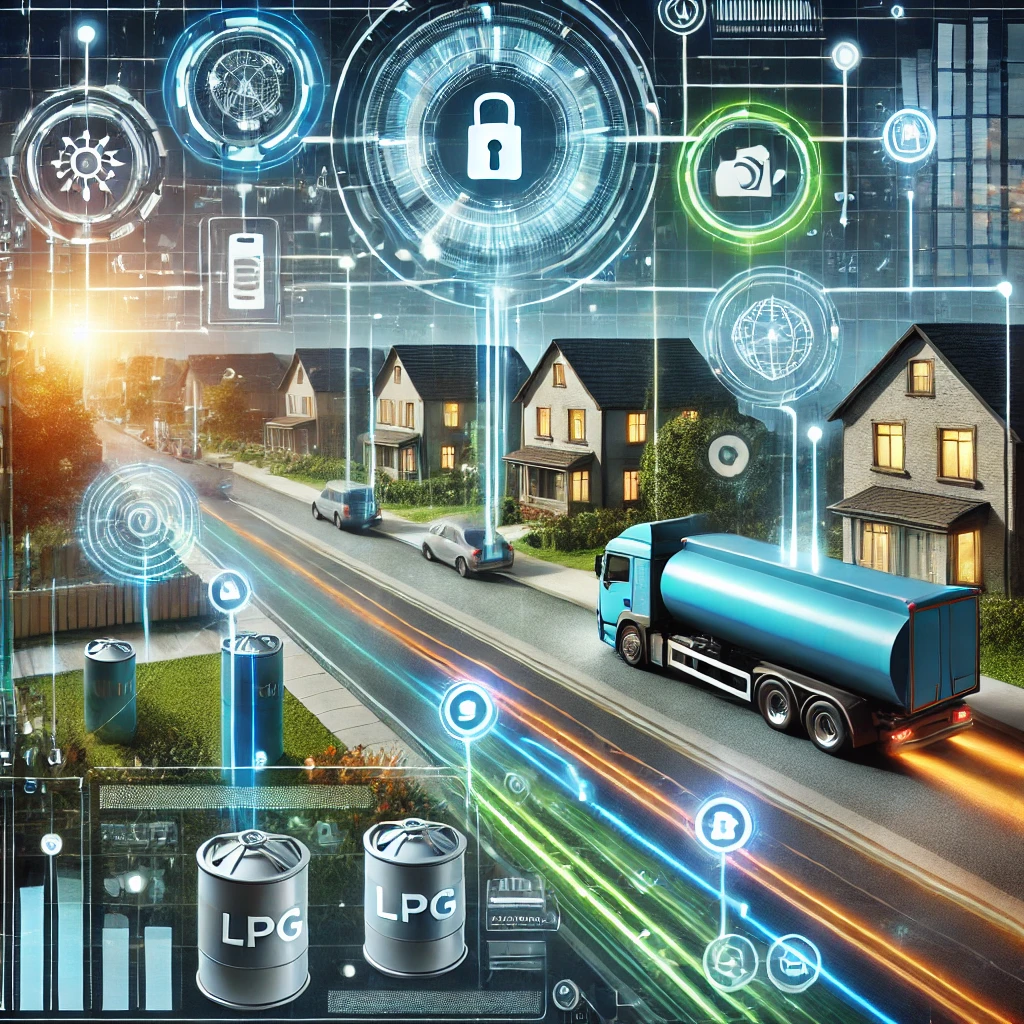
Topic Name:
IIoT Based Automation In Doorstep Fuel / LPG Delivery System
Acronyms of Topic Name:
IBADDS
Visual Abstract Image

Objectives
Issues Involved
Implementing an IIoT-based automation system for doorstep fuel and LPG delivery comes with several challenges. Technical issues such as integrating diverse IoT devices and ensuring reliable network connectivity can hinder real-time monitoring, especially in remote areas. Additionally, maintaining the accuracy of sensors for fuel levels, pressure, and temperature is critical but complex. Security concerns also pose significant risks, including data breaches, hacking of IoT devices, and compliance with data protection laws. Operationally, the high initial cost of infrastructure setup and the complexity of maintaining IoT devices and software can strain resources, while scalability becomes an issue as demand and coverage areas expand.
Logistics presents its own hurdles, such as optimizing routing algorithms for timely delivery and managing fleets effectively, especially in densely populated or geographically dispersed areas. Supply chain disruptions, like delays in refueling or LPG cylinder shortages, can also affect delivery schedules. Safety risks are paramount, with potential hazards like undetected leaks or operational failures, requiring robust real-time alert mechanisms and adherence to stringent safety protocols. From a customer perspective, challenges include educating users on new systems, ensuring reliable service, and addressing privacy concerns related to data collection.
Regulatory compliance further adds complexity, as companies must adhere to safety and environmental standards while managing legal liabilities in the event of accidents. Lastly, sustainability issues arise, such as the energy consumption of IoT systems, the carbon footprint of logistics operations, and the disposal of outdated IoT hardware, all of which require careful planning and mitigation. Addressing these issues is essential to successfully deploy and operate an IIoT-based delivery system.
Team Lead
Prof. Dattatray Sawant
dattatray.sawant@nmims.edu
Team Members
Prof. Nirmal Thakur
nirmal.thakur@nmims.edu
Dr. Prashant Kharote
prashant.kharote@nmims.edu